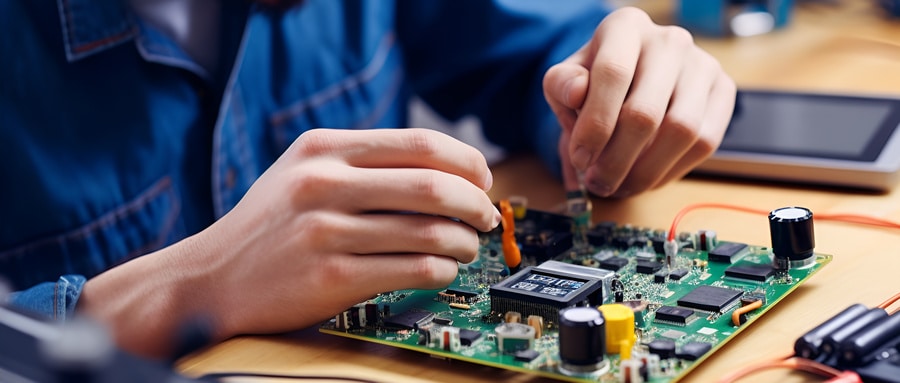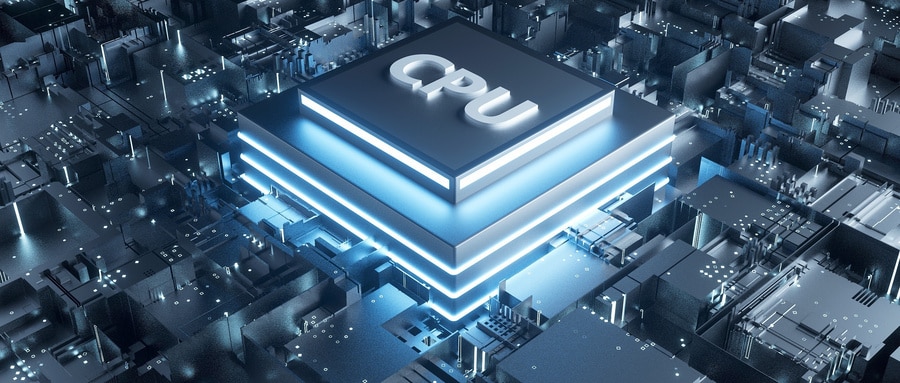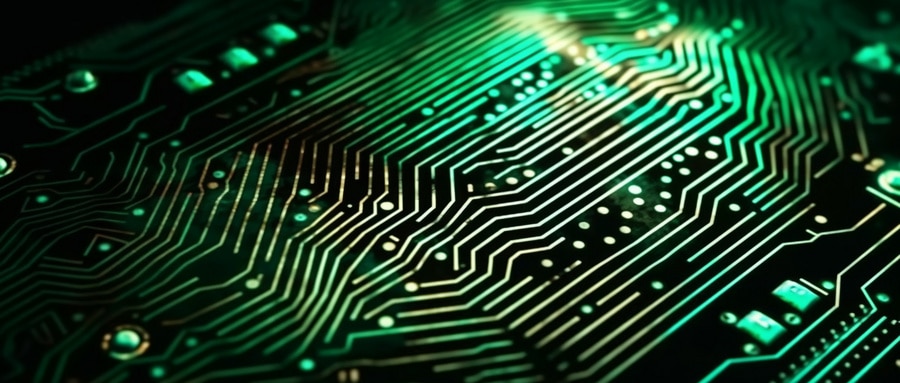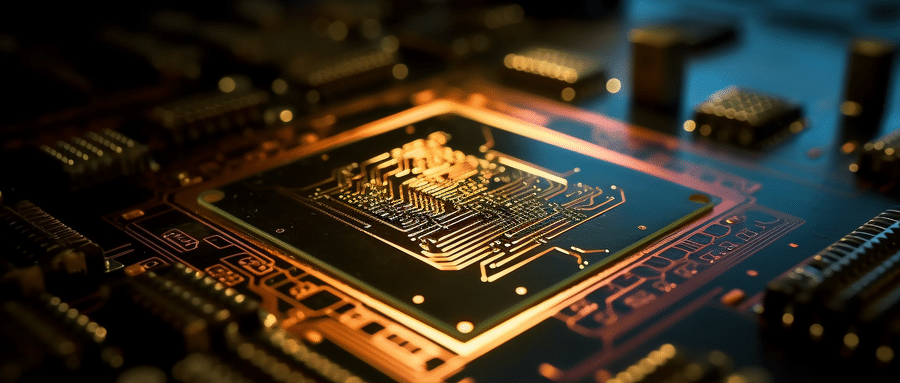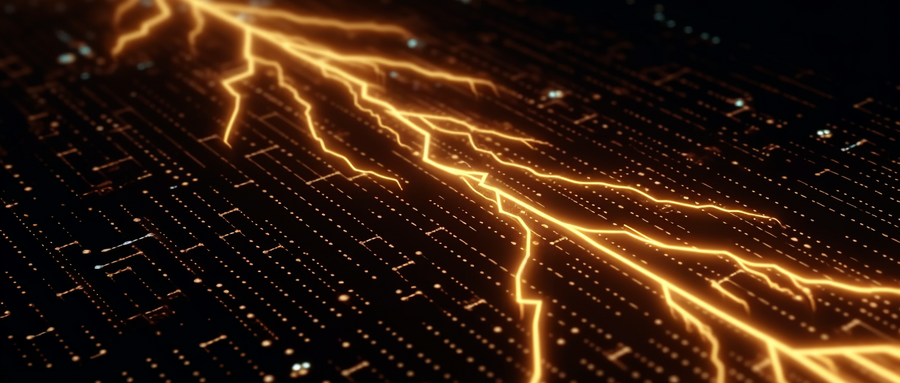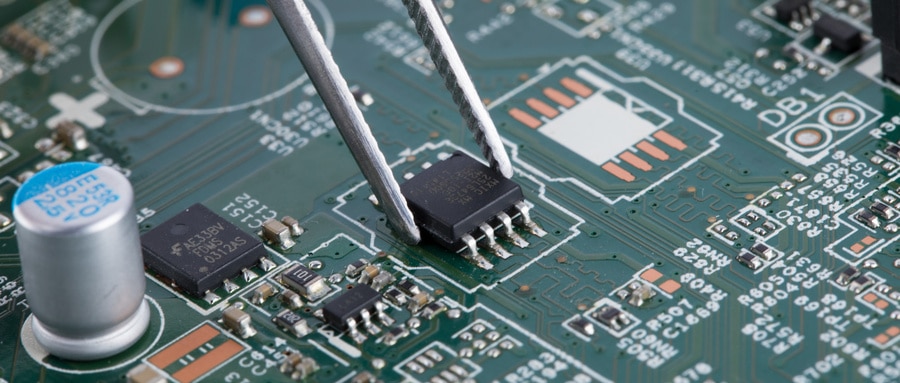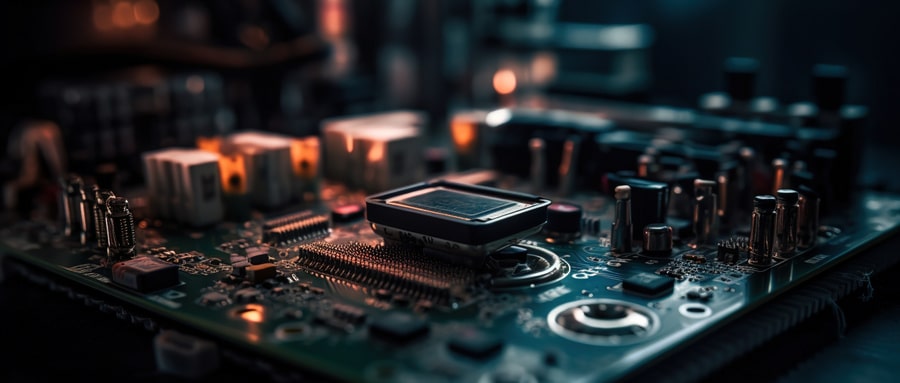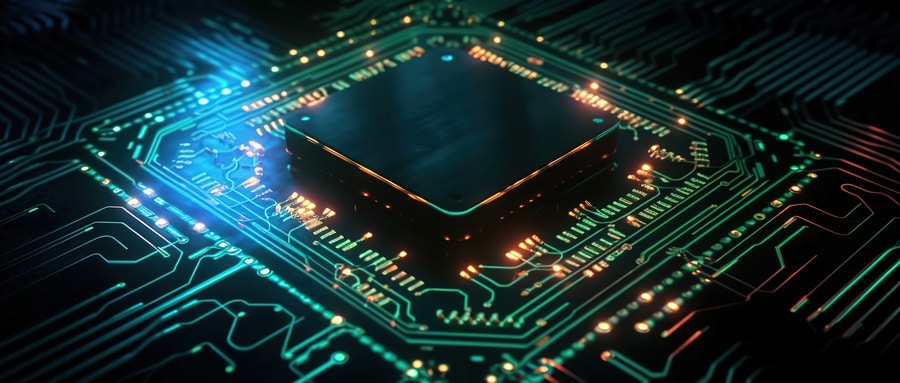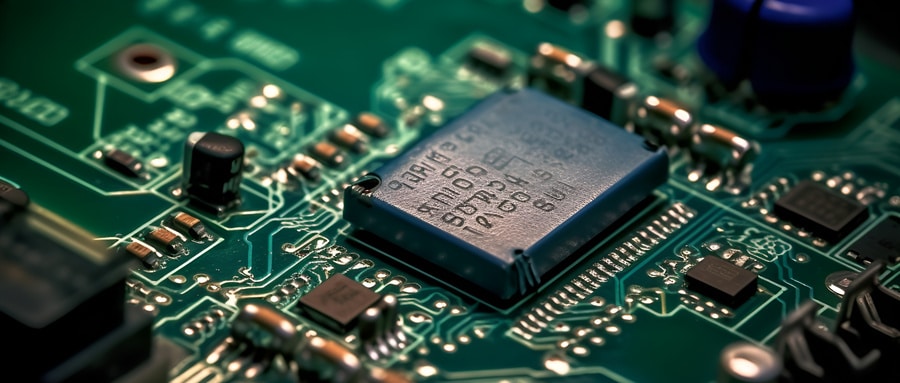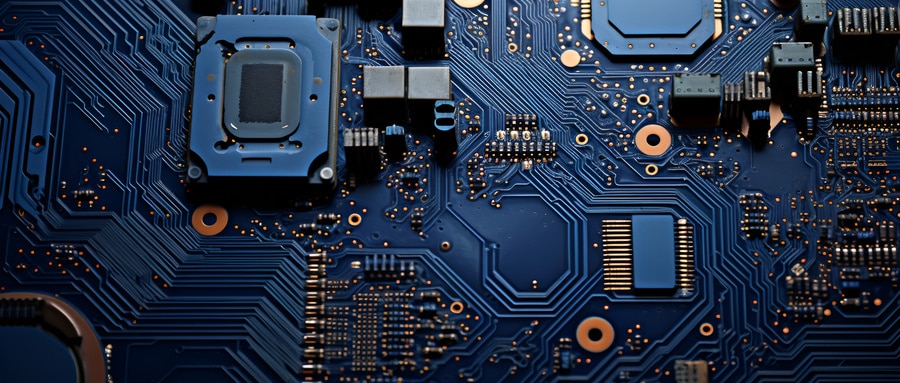Understanding PCB Stackup: Importance, Considerations, and Best Practices PCB stackup refers to the arrangement of layers on a printed circuit board (PCB), including conductors, dielectric layers and any necessary components. It plays an integral part in determining its electrical and mechanical performance; we will explore its importance here as well as provide key considerations when […]
Category Archives: PCB Design
PCB Design
Mastering PCB Routing Techniques for Optimal Signal Integrity PCB routing is an integral component of electronic system design that has an immense effect on performance and reliability. Optimizing signal integrity by employing effective routing techniques is necessary to ensuring proper functioning of an electronic circuit, and in this article we will explore its intricacies as […]
PCB Pads: Essential Elements for Reliable Component Connections PCB pads are integral parts of creating reliable connections between electronic components and their circuit boards, serving as an interface for soldering components securely onto the circuit board and guaranteeing optimal electrical connectivity. In this article we’ll examine their significance as well as various types of pads […]
Best PCB Layout Software: Empowering Efficient Circuit Board Design Best PCB Layout Software: Empowering Efficient Circuit Board Design Effective PCB layout software plays a pivotal role in the design and development of electronic circuits. It equips designers with powerful tools and features for optimizing circuit board designs efficiently and effectively. We will examine some of […]
The Importance of PCB Simulation in Design and Manufacturing Simulation for PCB Design and Manufacture PCB simulation has become a vital tool in the design and manufacturing processes for printed circuit boards (PCBs). Engineers use it to predict various electrical and physical aspects of a PCB prior to production, enabling them to optimize performance, identify […]
Understanding PCB Gerber Files: A Comprehensive Guide Printed Circuit Boards (PCBs) form the backbone of electronic devices, providing necessary connectivity between components. Manufacturers utilize Gerber files to bring their designs to life; we will discuss their significance and implementation within production processes in this article. What Are PCB Gerber Files? PCB Gerber files are standardized […]
Understanding PCB Layer Stackup: Design Considerations and Benefits PCB layer stackup is an integral aspect of electronic design, impacting performance, reliability, and manufacturing of printed circuit boards. Here, we explore its fundamentals, importance, and how to select an ideal configuration. Significance of PCB Layer Stackup Signal Integrity: Layer stackup plays a direct role in signal […]
Unleashing Possibilities with Flexible PCB Design: Benefits and Considerations Flexible PCBs (or “flex circuits”) offer many advantages over rigid PCBs. Here we explore their various benefits and consider its implementation successfully. Benefits of Flexible PCB Design Bendability and Flexibility: As their name implies, flexible PCBs can be bent, twisted and shaped into tight spaces for […]
4-Layer PCB Stackup Design: Exploring the Benefits and Considerations Implementing a 4-layer PCB stackup design can dramatically enhance the performance and functionality of electronic projects. Here, we explore its many advantages while outlining key considerations for successful implementation. Advantages of a 4-Layer PCB Stackup Design 1. Improved Signal Integrity: A 4-layer stackup design offers enhanced […]
PCB Layout Services: Optimize Your PCB Design with Professional Are You Planning on Designing a PCB? Professional PCB layout services can play a vital role in optimizing your design for performance, reliability, and manufacturability. In this article we’ll look at why professional layout services should be utilized and how it can elevate your designs to […]

